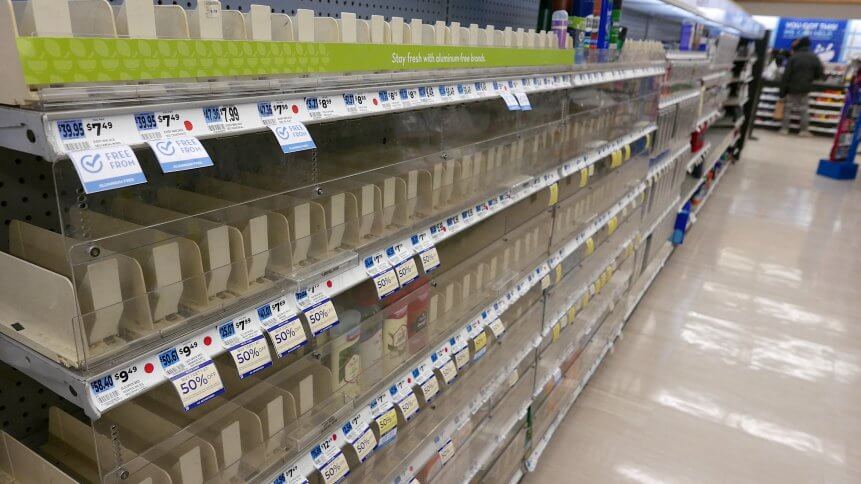
- A recent survey found that 95% of companies reported that they expect to, or have already been impacted by COVID-19 supply chain disruptions
- The rise of the circular economy is reshaping how businesses think about resource efficiency and waste reduction.
- The key to remaining competitive in tomorrow’s markets is to get the right tasks and processes, technologies, networks, and people in place.
The immediate future of supply chain disruption is upon us. As we enter 2022, the effects of the pandemic on global supply chain operations continue to grow.
According to the Institute for Supply Chain Management, a recent survey found that 95% of companies reported that they expect to or have already been impacted by COVID-19 supply chain disruptions. At the same time, a new report from DHL predicts that the impact of disruptive technologies on global supply chains will persist in 2022, but it’s not all doom and gloom.
In the next five years, global supply chains will be profoundly disrupted by new technologies and business models that fundamentally change how goods and services are produced, priced, and delivered.
Global supply chains impacted by disruptive technologies
Disruptive technologies — such as 3D printing, autonomous vehicles, and blockchain — have had a massive impact on supply chains over the past few years.
This year we’re also seeing a continuation in the rise of the circular economy, which is reshaping how businesses think about resource efficiency and waste reduction. Additionally, we’re seeing more companies embracing clean energy to help meet sustainability goals.
The supply chain disruption in the US is a combination of intricate issues, such as a lack of suitable infrastructure around the trucking industry and short-term issues, including spiking demand and raw material shortages, depleted inventory levels, and labor shortages at ports.
As a result of this disruption, many of today’s dominant players will be forced to reinvent themselves – or risk extinction.
The transportation and logistics industry to adapt to the disruption
The transportation and logistics industry must adapt to the disruptive forces of e-commerce, especially as they relate to last-mile delivery. While there may be more ways than ever before for consumers to order products online and even return them, these delivery options are also creating challenges for businesses as they struggle with how to best handle the growing volume of packages being shipped back.
The key to remaining competitive in tomorrow’s markets is to get the right tasks and processes, technologies, networks, and people in place. In that regard, there is a need to re-design alternative supply chain flows, inventory storage capabilities, production and delivery options, and distribution channels.
YOU MIGHT LIKE

Where are we with the semiconductor supply chain crisis?
Modern digitally transformed supply chains
A modern-day supply chain is much more than just a series of warehouses and suppliers. With the advent of big data, companies strive to optimize their entire supply chain process to increase efficiency, decrease costs, and improve customer satisfaction.
The growing role of technology in supply chain management is also changing the ways businesses operate today. Supply chain experts predict an accelerated level of investment in areas of cognitive planning and artificial intelligence-driven predictive analytics as businesses seek to enhance their supply chains and remain competitive in the face of uncertainty.
Modern, digitally transformed supply chains will feature transparency, automation, blockchain-based traceability, and collaboration through machine learning, AI, the Internet of Things (IoT), robotic process automation, advanced analytics, and business networks.









